
views
Choosing Your Criteria
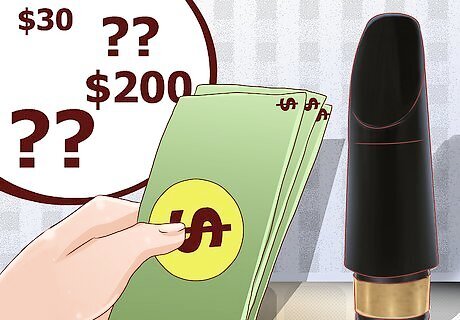
Decide how much you are willing to pay for your mouthpiece. While some mouthpieces go up to $200, others are only $30.
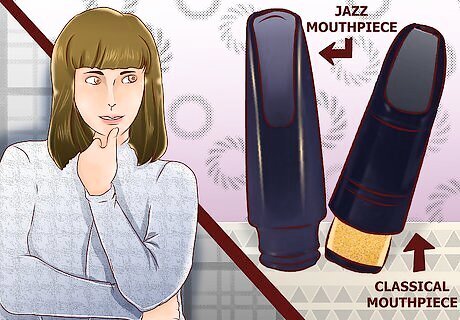
Decide what type of music you want to play on your new mouthpiece. This can usually be split into two groups: classical and jazz. Usually, classical mouthpieces will have less space between the tip of the reed and the tip of the mouthpiece. This allows for a straight, pure tone. Examples include: The now-discontinued (and somewhat vintage) Selmer HS** (HS double-star). It can still be found in eBay (if you trust that kind of thing). Many people also like the Rico Reserve mouthpieces. Ebonite (hard rubber) is the preferred material for classical mouthpieces. On the other hand, jazz mouthpieces will have more space between the tip of the reed and the tip of the mouthpiece, allowing the player to "bend" the note. Vandorens (especially B45 and B44) are very good jazz mouthpieces. Jazz mouthpieces are usually made of ebonite (hard rubber) if projection is not necessary (i.e. large jazz band) or crystal, which is very bright and projecting (but also fragile) This usually requires a softer (lower-numbered) reed.
Finding Your Mouthpiece

Consult your private teacher (if you have one). They can often provide invaluable tips about your mouthpiece based on your playing ability and style. If you have the mouthpieces in question with you, they can be your "musically knowledgeable person" mentioned in step 3

If you have a good idea of which mouthpiece you want, you can just order it on Amazon or Woodwind & Brasswind. (To be safe, make sure you get a return policy, just in case you end up not liking it)
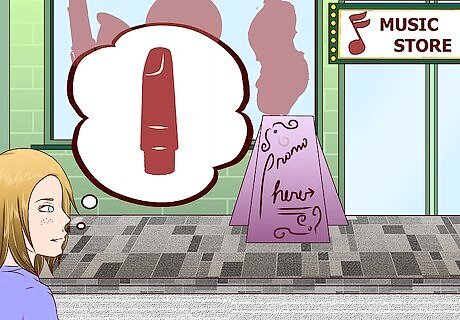
If you don't know what you want, pay a visit to your local music store. They might have mouthpieces that you can try. Make sure to bring: Your clarinet (in good working order). Not all good mouthpieces will necessarily work on your clarinet. (Optional) A musically knowledgable person (other than yourself). Your playing sounds different to you than it does to an outside listener. Ask them their opinion on which one sounds better. A metronome and tuner.
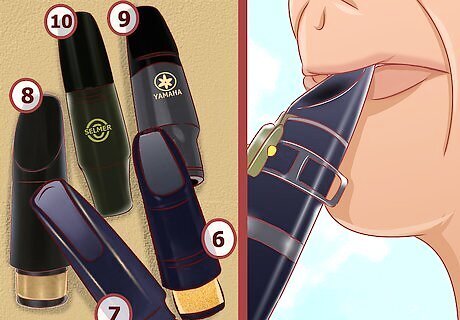
Try each potential mouthpiece on your clarinet. Rate it from 1-10 on (in order of importance) intonation, tone quality, security from squeaks, and response. To test intonation, play long tones into the tuner and see if you are in tune (you are in tune if the needle is centered, or close to centered on the tuner). To test tone quality, play long tones on each mouthpiece and judge by how good it sounds. A mouthpiece is even better if you can change (consciously, of course) between a bright and mellow sound. To test security from squeaks, play octaves (low __, high __ low __, etc.) in varying tempos. To test response, play a piece or scale and see how much you have to try to get a sound out (but make sure it's not too easy, or it will sound when you don't want it to)
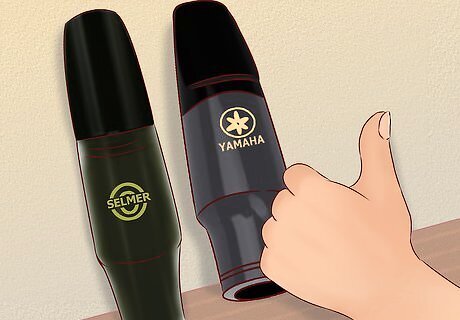
Make sure you stick to reputable brands like Vandoren, Selmer, and Yamaha. If it doesn't have a logo printed on it, be skeptical, as it usually will be of poor quality (or so badly worn that the logo is rubbed off).




















Comments
0 comment